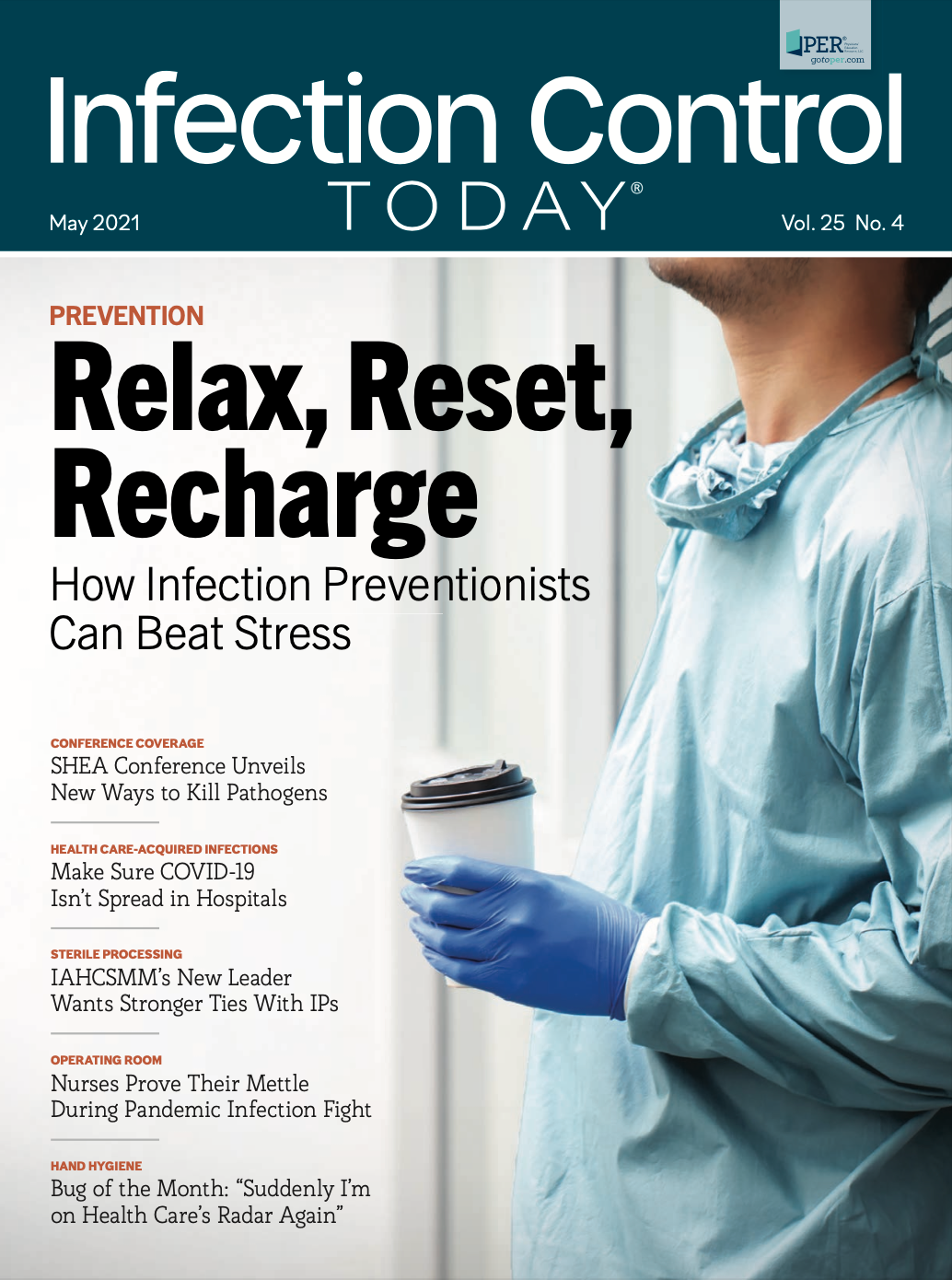Integrate HAI Tracking With EMRs
The infection prevention and business intelligence teams at Piedmont Healthcare put their heads together to streamline the process of tracking health care-acquired infections.
Electronic medical records (EMRs) operate along the lines of most data-crunching technology: They’re only as effective as the data they’re given to crunch. One of the many jobs of IPs involves surveillance to prevent health care–acquired infections (HAIs) or to control them—ie, eliminate them—once they appear. A study by investigators with Piedmont Healthcare in Atlanta (among the 5 largest health care systems in Georgia) underscores just how important a role EMRs can play in combating HAIs.1 The challenges of controlling HAIs in the maelstrom of a worldwide pandemic that requires a proportionate response by health care systems can’t be overstated.
With help from the health system’s business intelligence (BI) department, IPs at Piedmont, which comprises 11 separate hospitals, refined software to allow the information collected about HAIs to be easily integrated into EMRs. This was a case in which COVID-19 was definitely the mother of invention.
Meri Pearson, MPH, CIC

“We actually put it into place during COVID-19,” Meri Pearson, MPH, CIC, Piedmont’s infection surveillance manager, tells Infection Control Today® (ICT®). “We were creating this dashboard for COVID-19. And that’s when we determined that there are these new functionalities within this software that would make our vision possible. So if it weren’t for COVID-19, we might have not even thought to do this, honestly. But because we were so resource strapped, we were trying to work smarter and not harder by using technology.”
As the study notes, before COVID-19, the infection prevention team performed HAI surveillance “through a home-grown system that didn’t interface with their EMR” by entering information gained on rounds into a spreadsheet. However, this meant that only 1 person could enter data at a time.
“Due to the necessity of increasing efficiency in the current pandemic, the IP team proposed using technology to automate our HAI drill down process,” the study states. The IP and BI teams wanted to see whether the HAI data in the infection surveillance system could be registered in interactive data software that the health care facility uses in other HAI prevention dashboards.
“The existing spreadsheet was reviewed to select variables essential for HAI drill downs and where the data existed in the EMR,” the study states. “The BI team worked to find the correct data tables within the EMR so that the data could automatically refresh daily in the data visualization software.”
The BI team could identify HAI variables that had once been entered manually within the EMRs. “This automation of drill downs allows for quick analysis of trends and areas for opportunity to prevent future HAI,” the study states. It concludes that “this utilization of technology can be applied to other health care facilities who have similar software systems to streamline IP workflows. The automation of quickly and efficiently recognizing areas for opportunity will give more time for the IPs to be rounding preventing HAI.”
Piedmont got much better at tracking and treating HAIs, but that can create other problems, Pearson tells ICT®. “When you start to look for something, of course you’re going to find more, and that’s exactly what we found with our situation when we got this more robust surveillance system,” she says. “We had to explain to our physicians and surgeons that you aren’t doing worse per se than you were before. We were just not detecting this patient harm because we were just looking at cultures.”
Hospital officials reminded doctors that according to the National Healthcare Safety Network (NHSN), a division of the Centers for Disease Control and Prevention, culture-based surveillance systems miss between 50% and 60% of surgical site infections. “We did write an SBR [situation-background-assessment-recommendation] to the NHSN to request that they revise how they risk-stratify facilities because that’s not currently in their NHSN patient safety annual surveys,” Pearson tells ICT®. “We really want to make sure that we’re being compared fairly against other hospitals across the nation who have other enhanced software systems like this because that’s not currently being done.”
Reference:
- Pearson M. Automation of health care-associated infections (HAIs) areas for opportunity through the use of technology. Abstract presented at: Annual Conference of the Society for Healthcare Epidemiology of America; (SHEA); April 15, 2021. Remote.
